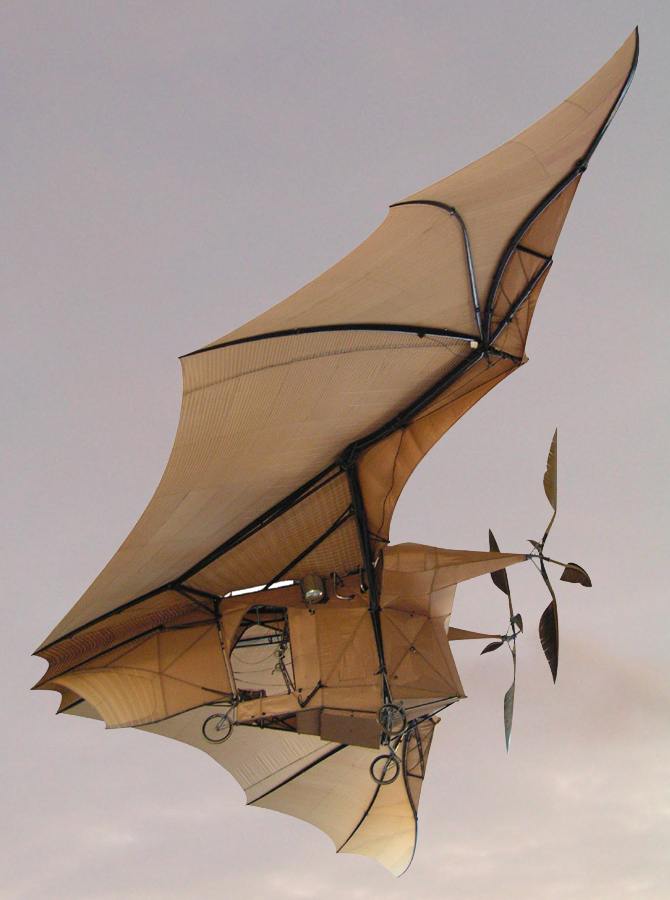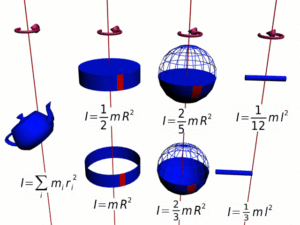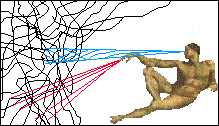
Biomimetics Advancing Physics
The natural world has long been a source of inspiration for human innovation. By observing and understanding biological systems, scientists can draw parallels and adapt these principles to advance physics research. This subpoint explores how specific examples from nature have led to significant developments in various fields of physics.
One prominent example is the study of bird flight to improve aerodynamics. Birds have evolved over millions of years to become incredibly efficient fliers. Their wing shapes, feather structures, and flight patterns offer valuable insights into reducing air resistance and increasing lift. Engineers have studied the mechanics of bird flight, such as the albatross’s ability to glide long distances with minimal energy, to design more efficient aircraft wings. This biomimicry has led to advances in both commercial and military aviation, creating planes that are faster, more stable, and use less fuel.
Similarly, shark skin has inspired new technologies to reduce drag. Sharks move through water with remarkable ease due to their unique skin structure, which consists of tiny, tooth-like scales called dermal denticles. These scales disrupt the flow of water, significantly decreasing friction and allowing sharks to swim quickly and quietly. Researchers have applied this principle to develop drag-reduction technologies for ships and submarines. For instance, the coating of Speedo’s Fastskin swimsuits used during the 2008 Olympics mimicked shark skin, helping swimmers break world records by reducing water resistance. This technology demonstrates how studying natural adaptations can lead to breakthroughs that enhance performance and efficiency in man-made designs (Bhushan, 2009).
Another fascinating example is the emulation of spider silk to create strong, flexible materials. Spider silk is known for its incredible tensile strength and elasticity—stronger than steel and more flexible than nylon. Scientists have studied the molecular structure of spider silk to produce synthetic versions that could be used in various applications, from medical sutures and artificial ligaments to bulletproof vests and parachutes. By mimicking the protein structures found in spider silk, researchers are developing materials that combine high strength with light weight, offering numerous possibilities for both everyday and specialized uses.
In addition to physical structures, biological processes can also inspire technological advancements. The process of photosynthesis, by which plants convert sunlight into energy, has provided a model for enhancing solar panel efficiency. Plants have evolved highly efficient methods to capture light and convert it into chemical energy, even under low-light conditions. Researchers have studied the intricate details of photosynthetic processes, focusing on the pigments and protein complexes involved in capturing light and converting it into usable energy. By mimicking these processes, scientists are developing advanced solar cells that are more efficient at converting sunlight into electricity, potentially revolutionizing renewable energy sources (“The Best 50 Biomimicry Examples and Inventions of All Time”, 2022).
Moreover, the movement patterns of schools of fish have inspired innovations in wind farm design. Traditional wind turbines need to be spaced far apart to avoid disrupting each other’s airflow, reducing the overall efficiency of the wind farm. However, researchers observed that fish swim in close-knit schools without disturbing the water around them. By applying these principles, engineers have designed vertical axis wind turbines that can be placed much closer together. This arrangement allows the turbines to work synergistically, increasing the efficiency and power output of the wind farm while saving space (Bhushan, 2009).
Nature-inspired innovations continue to influence various fields, including medicine. For instance, the mosquito proboscis has led to the development of less painful needles. Mosquitoes have evolved a sophisticated feeding mechanism that allows them to pierce human skin with minimal discomfort. Researchers have replicated this design to create needles with multiple prongs that cause less pain during injections. This innovation has significant implications for medical procedures, improving patient comfort and compliance with treatments.
Furthermore, humpback whale fins have inspired more efficient wind turbines. The bumps, or tubercles, on the leading edge of humpback whale fins were found to reduce drag and increase lift. By incorporating similar structures into wind turbine blades, companies like Whale Power have achieved significant improvements in turbine efficiency. This application of biomimicry demonstrates how counterintuitive designs in nature can lead to practical engineering solutions that enhance performance and sustainability.



